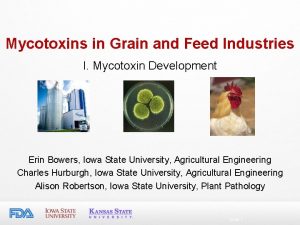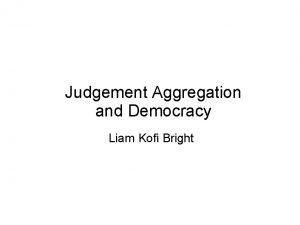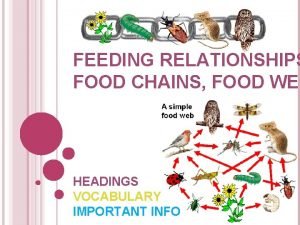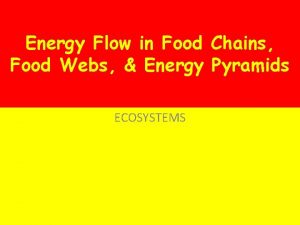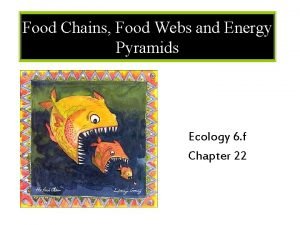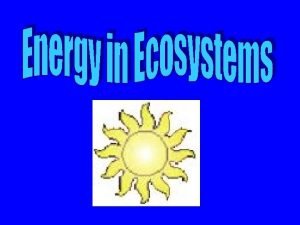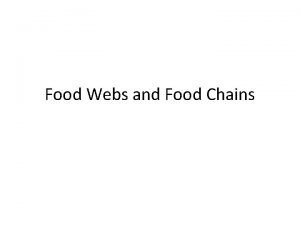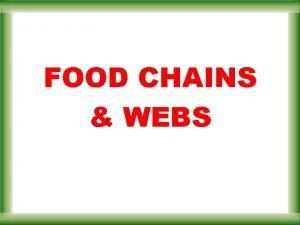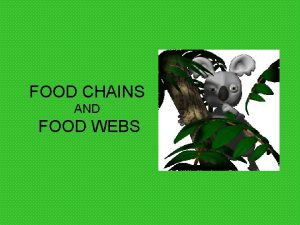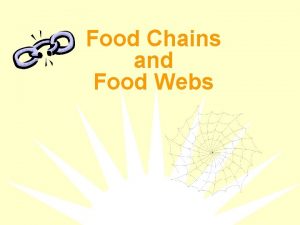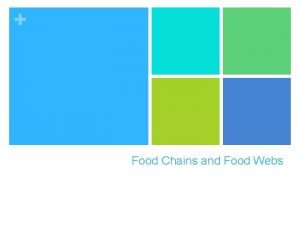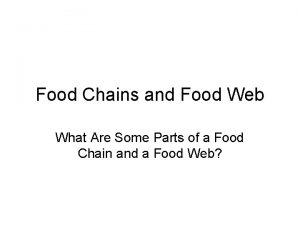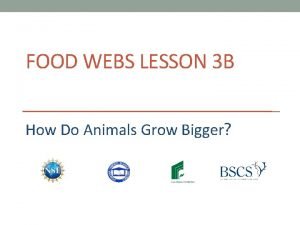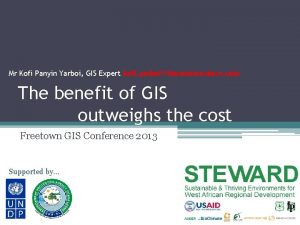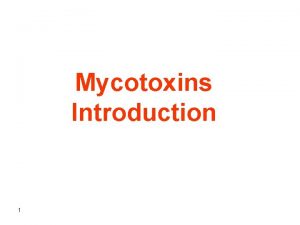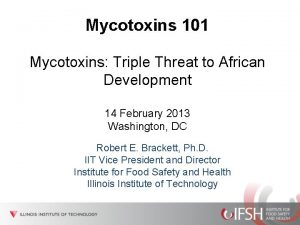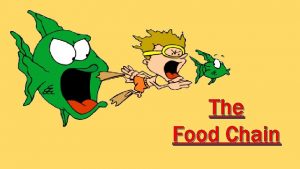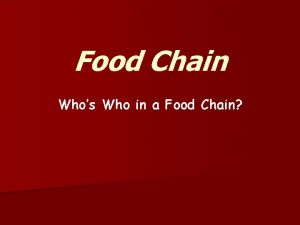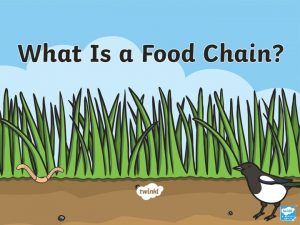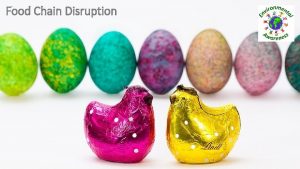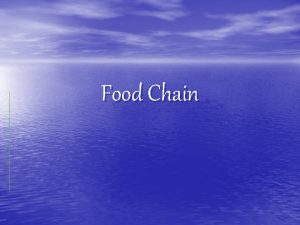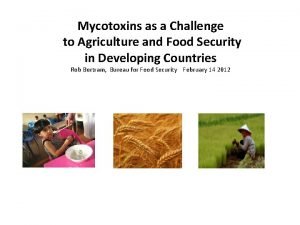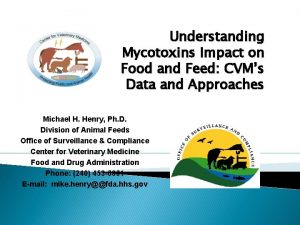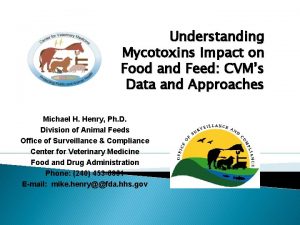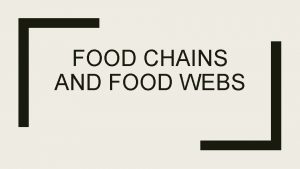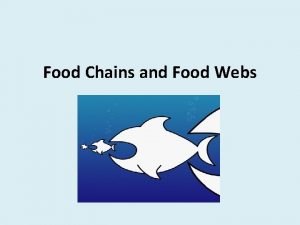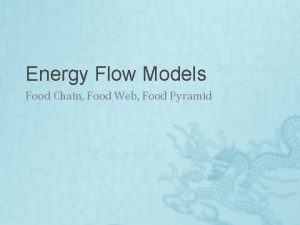Mycotoxins and the food chain Kofi Aidoo Professor

























- Slides: 25

Mycotoxins and the food chain Kofi Aidoo Professor of Food safety, Glasgow Caledonian University REHIS Trainers' Seminar, October 2009

Causes of food poisoning • • Bacteria or their toxins Viruses Chemicals Poisonous plants (eg. deadly nightshade) and fungi (poisonous mushrooms) • Natural toxicants - plants, fish, mycotoxins • Allergy - not the result of food being contaminated. REHIS Trainers' Seminar, October 2009

Mycotoxins • Mycotoxins - toxins produced by microfungi eg Aspergillus spp. (Macro-fungi, eg. mushrooms) • Mycotoxins have 4 basic toxicity - acute, chronic, mutagenic, teratogenic. REHIS Trainers' Seminar, October 2009

Mycotoxins • Toxigenic moulds - Aspergillus, Penicillium, Fusarium are found on human food animal feed - animal products, eg meat or milk may become contaminated. • Other toxigenic moulds may be present in the environment. REHIS Trainers' Seminar, October 2009

Fungal toxins • Unlike bacterial toxins, fungal toxins (mycotoxins) are not proteins and therefore are not usually detectable by the immune systems of humans and animals REHIS Trainers' Seminar, October 2009

Symptoms of mycotoxicosis • Symptoms are diverse • Some elicit few symptoms until death • Severe effects include (a) skin necrosis and b) immunosuppression REHIS Trainers' Seminar, October 2009

Mycotoxigenic filamentous fungi • • • Rhizopus spp. Byssochlamys spp. Claviceps spp. Eupenicillium spp. Eurotium spp. Neosartorya spp. Talaromyces spp. Alternaria spp. Aspergillus spp. • • • Penicillium spp. Fusarium spp. Cladosporium spp. Geotrichum candidum Paecilomyces variotii Phomopsis spp. Stachybotrys spp. Trichoderma viride Wallemia sebi REHIS Trainers' Seminar, October 2009

Types of mycotoxins • There are over 300 mycotoxins but the commonly occurring ones in food and feed. • About 20 mycotoxins occur in food at levels and frequency to be of food safety concern. REHIS Trainers' Seminar, October 2009

Mycotoxins associated with food and feed • • Aflatoxins (B 1, B 2, G 1, G 2, M 1) Ochratoxin A Zearalenone Fumonisins Trichothecenes Patulin Moniliform Sterigmatocystin • • Citrinin Cyclopiazonic acid Kojic acid Maltoryzine ß-nitropropionic acid Aspergillic acid Penicillic acid Roquefortine C REHIS Trainers' Seminar, October 2009

Mycotoxins and world food supply • It is estimated that 25% of world’s food crops are affected annually by variable levels of mycotoxins. • >100 countries have regulations regarding levels of mycotoxins in food and feed. REHIS Trainers' Seminar, October 2009

Principal toxigenic moulds and food crops • Aspergillus ochraceus - cereals, nuts, pulses, oilseeds, corn…. . ochratoxins, penicillic acid • A. flavus or A. parasiticus - cereals, nuts, root crops, oilseeds, pulses…. …aflatoxins • Penicillium spp. - cereals, root crops, nuts, beans…………. . ochratoxin, patulin, citrinin • Fusarium spp. - cereals, root crops …. . T-2 toxins, zearalenone REHIS Trainers' Seminar, October 2009

Toxicological effects of AFLATOXINS • the most toxic mycotoxin (in particular AFB 1) • they are genotoxic carcinogens • they cause cancer and have been linked to liver cancer in a number of developing countries • not possible to determine threshold below which this toxin has no effect • therefore No Tolerable Daily Intake has been recommended. REHIS Trainers' Seminar, October 2009

Aflatoxin M 1 • Aflatoxin M 1 is an oxidative metabolite of Aflatoxin B 1. (ie produced from AFB 1 in mammals) • Aflatoxin M 1 may be present in milk and dairy products. • Aflatoxin M 1 has been reported in human breast milk particularly in developing countries - Middle East, Africa, South Asia. REHIS Trainers' Seminar, October 2009

Toxicological effects of OCHRATOXIN A • damages and causes cancer of the kidneys (shown in laboratory animals); • has been associated with development of Balkan Endemic Nephropathy - a specific type of kidney disease in certain human population; • EU have set a TDI of <5 ng/kg per kg body wt per day (kg/bw/d) REHIS Trainers' Seminar, October 2009

Toxicological effects of PATULIN • exhibits strong antibiotic activity against bacteria; • causes haemorrhage, oedema and dilation of the intestinal tract of experimental animals • EU have endorsed a provisional maximum TDI of 0. 4 µg/kg bw/d REHIS Trainers' Seminar, October 2009

Toxicological effects of FUSARIAL TOXINS • Fumonisins cause kidney and liver damage; oesophageal cancer; TDI of 2µg/kg bw/d • Trichothecenes (DON, T-2, HT-2 toxins) causes growth retardation, reproductive and intestinal effects, also affects immune systems; a group TDI of 1 µg/kg. • Zearalenone has oestrogenic effects. A possible incidence of precocious puberty associated with zearalenone in Hungary; EU TDI of 0. 2 µg/kg bw/d. REHIS Trainers' Seminar, October 2009

Human mycotoxicosis In 1967, 26 Taiwanese in a farming community became ill after eating contaminated rice; 3 children died. Cause of death: Contaminated rice showed >200 µg aflatoxin B 1/kg. REHIS Trainers' Seminar, October 2009

Human mycotoxicosis In 1974, an outbreak of hepatitis in India affected 400 people resulting in 100 deaths; Cause of death: aflatoxins in corn ( >15 mg/kg) REHIS Trainers' Seminar, October 2009

Human mycotoxicosis In 2004, one of the largest aflatoxicosis outbreak occurred in rural Kenya resulting in 317 cases and 125 deaths. Cause of death: corn contaminated with 4, 400 µg/kg of aflatoxin B 1, 220 times higher than Kenyan regulatory limit for food. REHIS Trainers' Seminar, October 2009

Mycotoxins and EU Regulation 1881/2006 Mycotoxin Fruits, etc Cereals, etc Aflatoxins B 1 B 2 G 1 G 2 Nuts, spices Baby food Trichothecenes (DON, T 2 toxins) Zearalenone Patulin Coffee, wine Aflatoxin M 1 OTA Milk, etc REHIS Trainers' Seminar, October 2009

EC Legislative limits of mycotoxins in food and feedstuffs (EC 1881/2006) • Aflatoxins in oilseed 2 ppb AFB 1 (µg/kg) & 4 ppb total aflatoxin; Aflatoxins 8 & 15 ppb respectively for oilseeds for further processing. • For almonds, hazelnuts, pistachios for direct human consumption 5 ppb for AFB 1 & 10 ppb for total. • Aflatoxins B Aflatoxins 1 & M 1 in baby milk/food < 0. 1 & 0. 05 ppb respectively. • OTA - 10 ppb in dried vine fruits & soluble coffee; 5 ppb for OTA - roasted coffee; 6 -10 ppb for instant coffee; 2 ppb for wine and grape juice; 0. 2 ppb for beer • OTA - 15 -30 ppb in spices applicable from 1 July 2010 OTA REHIS Trainers' Seminar, October 2009

EC Legislative limits of Fusarium toxins in food • DON - 500µg/kg in cereal based products and 100µg/kg for cereal based products in baby food • T-2 and HT-2 toxins - 200µg/kg in cereal based T-2 products and 50µg/kg for cereal based products in baby food. • Zearalenone - 50µg/kg in cereal based products and 20µg/kg for cereal based products in baby food. • Fumonisins - 500µg/kg in corn based products; 200µg/kg in cornflakes and 100µg/kg in baby food REHIS Trainers' Seminar, October 2009

FSA’s strategy on mycotoxins Divided into 3 major themes: • (i) maintain current awareness of levels of mycotoxin contamination of foods in general, • (ii) identify factors contributing to occurrence of mycotoxins and thereby provide information necessary to manage the risk of mycotoxin formation and • (iii) provide stakeholders with advice/tools on how best to manage the problem of mycotoxin contamination. REHIS Trainers' Seminar, October 2009

Potential uses of mycotoxins • Medical application - Trichothecenes are known to possess antileukaemic activity; zearalenone derivatives have been considered as potential treatment for menopausal syndrome in women; • Agriculture application - derivatives of zearalenone as growth promoter in sheep and cattle; other mycotoxins have been considered for use as herbicides and insecticides. REHIS Trainers' Seminar, October 2009

Websites • • • • UK Food Standards Agency, 2002. Survey of nuts, nut products and dried tree fruits for mycotoxins. Food Survey Information Sheet 21/02 http: //www. food. gov. uk/science/surveillance/fsis 2002/21 nuts UK Food Standards Agency, 2004. Survey of baby foods for mycotoxins, Food Survey Information Sheet 68/04. http: //www. food. gov. uk/science/surveillance/fsis 2004 branch/fsis 6804 UK Food Standards Agency, 2005. Survey of wheat for ochratoxin A, Food Survey Information Sheet 77/05. http: //www. food. gov. uk/science/surveillance/fsis 2005/fsis 7705 UK Food Standards Agency, 2005. Survey of spices for aflatoxins and ochratoxin A, Food Survey Information Sheet 73/05. http: //www. food. gov. uk/science/surveillance/fsis 2005/fsis 7305 UK Food Standards Agency, 2005. Survey of maize-based retail products for mycotoxins, Food Survey Information Sheet 72/05 http: //www. food. gov. uk/science/surveillance/fsis 2005/fsis 7204 UK Food Standards Agency (FSA) 2009 a. Review of Programmes C 03 & C 04 (Mycotoxins and Nitrate). Final Report. 48 pp. UK Food Standards Agency (FSA) 2009. Food Contaminants. Update Bulletin, March. www. food. gov. uk REHIS Trainers' Seminar, October 2009
 Sequence of food chain
Sequence of food chain Mycotoxins in poultry
Mycotoxins in poultry Liam kofi bright
Liam kofi bright Promotion from associate professor to professor
Promotion from associate professor to professor Secondary consumers
Secondary consumers Food chain and food web
Food chain and food web Difference between food chain and food web
Difference between food chain and food web Food webs and energy pyramids
Food webs and energy pyramids Desert food web
Desert food web Two or more overlapping food chains
Two or more overlapping food chains Unit 2 food food food
Unit 2 food food food Value chain and supply chain difference
Value chain and supply chain difference Closed kinetic chain definition
Closed kinetic chain definition Photosynthesis and food chain
Photosynthesis and food chain How do detritivores obtain energy
How do detritivores obtain energy A blank makes its own energy and begins the food chain
A blank makes its own energy and begins the food chain Food web and chain
Food web and chain Site:slidetodoc.com
Site:slidetodoc.com Food webs with decomposers
Food webs with decomposers Six step food chain
Six step food chain Food chain of robin worm and hawk
Food chain of robin worm and hawk Lions food chain
Lions food chain Hình ảnh bộ gõ cơ thể búng tay
Hình ảnh bộ gõ cơ thể búng tay Lp html
Lp html Bổ thể
Bổ thể Tỉ lệ cơ thể trẻ em
Tỉ lệ cơ thể trẻ em

